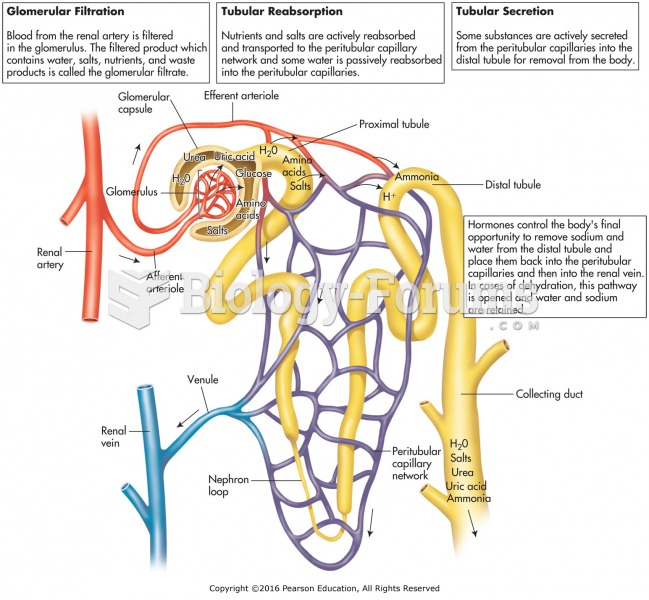A nurse executive is hired to restore a unit's productivity, which has decreased as the result of low staff morale. The nurse executive utilizes which of the following leadership principles?
a. The leader declares the intent and goals to enhance productivity and assumes that the unit also wishes to increase productivity, which allows nurses to feel in control of the environment.
b. If staff members increase productivity, then they are given opportunity to engage in learning events such as workshops and conferences. If the staff members are not satisfied, they will insist on a different leader, who will get them what they want.
c. Leaders at the national level who are seeking relief for nurses in the workplace are seen as the solution to the nursing shortage.
d. Workplace satisfaction depends on staffing ratios, adequate pay, and tuition reimbursement, and these are things the leader can control.
Question 2
As the clinical director of 24 employees, you have been asked to explain to staff members why they are not getting a raise this year, even though they have been working short-handed for many months and patient satisfaction scores have never been higher.
Because you believe yourself to be a transformational leader, you will approach this problem by:
a. Telling the assistant clinical director and asking her to share the bad news with the other staff members.
b. Posting a note on the bulletin board that includes the phone number of the chief nursing officer, so anyone who has complaints may express them.
c. Showing staff members the budget and asking for input about how to cut costs so that raises will be possible in the future.
d. Meeting with a small group of seasoned staff members and asking them how to break the news.







